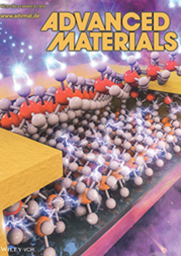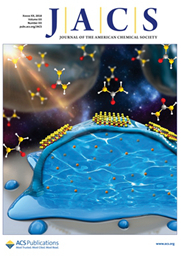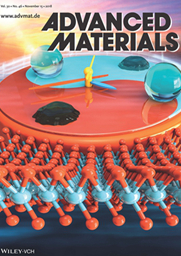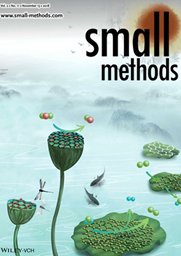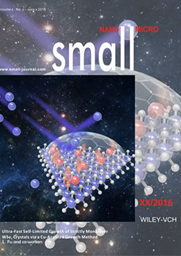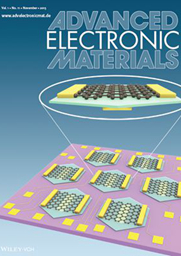
The exciting progress in controlled growth, etching, self-assembly, and delivery of graphene on a liquid surface can be achieved, promoting its future industrial applications. The poem in the cover translates as “The pools in south China are suitable for gathering lotus. How dense and flourishing are the lotus leaves!” The lotus leaves floating in the pools represent graphene single crystals grown on liquid substrates.


